-
 Bitcoin
Bitcoin $114500
-0.31% -
 Ethereum
Ethereum $3648
1.11% -
 XRP
XRP $3.033
-0.27% -
 Tether USDt
Tether USDt $0.9999
-0.01% -
 BNB
BNB $758.5
-0.32% -
 Solana
Solana $167.5
1.48% -
 USDC
USDC $0.9998
-0.02% -
 TRON
TRON $0.3331
0.74% -
 Dogecoin
Dogecoin $0.2039
0.25% -
 Cardano
Cardano $0.7419
-0.46% -
 Hyperliquid
Hyperliquid $39.21
2.66% -
 Stellar
Stellar $0.4049
-1.95% -
 Sui
Sui $3.483
-0.56% -
 Bitcoin Cash
Bitcoin Cash $570.8
2.89% -
 Chainlink
Chainlink $16.67
-0.57% -
 Hedera
Hedera $0.2470
-1.57% -
 Ethena USDe
Ethena USDe $1.001
0.00% -
 Avalanche
Avalanche $22.36
1.52% -
 Litecoin
Litecoin $123.4
4.35% -
 UNUS SED LEO
UNUS SED LEO $8.989
0.09% -
 Toncoin
Toncoin $3.324
-2.40% -
 Shiba Inu
Shiba Inu $0.00001219
-1.30% -
 Uniswap
Uniswap $9.811
2.54% -
 Polkadot
Polkadot $3.662
-0.07% -
 Monero
Monero $295.5
-3.85% -
 Dai
Dai $1.000
0.01% -
 Bitget Token
Bitget Token $4.345
0.24% -
 Cronos
Cronos $0.1380
0.95% -
 Pepe
Pepe $0.00001044
-1.14% -
 Ethena
Ethena $0.5981
-4.24%
What is the prospect of MATIC coin? An article introduces the prospects and value of MATIC coins
MATIC coin's future outlook is promising due to its growing adoption, mass scaling potential, DeFi integration, and compatibility with Ethereum.
Oct 05, 2024 at 07:24 am
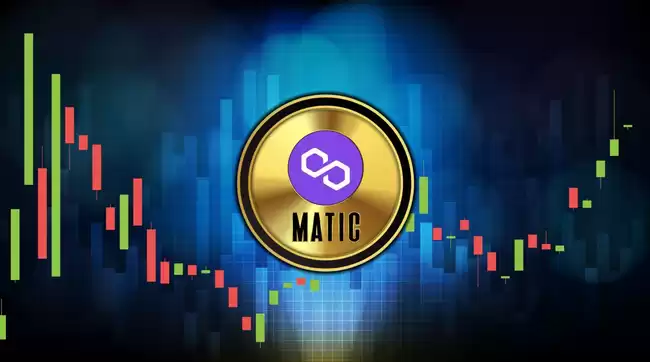
MATIC Coin: Market Prospects and Value Analysis
1. Overview of MATIC Coin
MATIC, the native token of the Polygon network, is an Ethereum-based Layer-2 scaling solution that aims to enhance the speed, scalability, and cost-effectiveness of the Ethereum blockchain. MATIC facilitates faster and cheaper transactions than the Ethereum mainnet, making it an attractive choice for DApps and enterprise solutions.
2. Market Performance
MATIC has witnessed significant growth in recent years. Its all-time high reached $2.92 in December 2021, and it currently ranks as the 13th largest cryptocurrency by market capitalization. The total supply of MATIC is 10 billion, and approximately 7 billion are in circulation.
3. Use Cases and Adoption
MATIC has various use cases within the Polygon ecosystem, including:
- Transaction fees: MATIC is used to pay for gas fees on Polygon.
- Staking: MATIC holders can stake their tokens to secure the network and earn rewards.
- Governance: MATIC is used for voting on governance proposals within the Polygon community.
- Defi applications: MATIC is used as a payment and settlement token within numerous DeFi applications built on Polygon.
4. Future Prospects
The future prospects of MATIC appear promising for several reasons:
- Growing adoption: Polygon has gained significant traction in the cryptocurrency industry, and its user base is continually expanding.
- Mass scaling solution: MATIC addresses the scalability challenges of Ethereum, opening up opportunities for large-scale DApp and enterprise adoption.
- Defi integration: The Polygon ecosystem supports a wide range of DeFi applications, driving demand for MATIC for transactions and payments.
- Ethereum compatibility: MATIC's compatibility with Ethereum makes it interoperable with existing DApps, facilitating the migration of projects to Polygon.
5. Value Analysis
The value of MATIC is primarily determined by:
- Network usage: The more DApps and users adopt Polygon, the higher the demand for MATIC for transactions, staking, and governance.
- Token burns: Polygon regularly burns a portion of the MATIC transaction fees, reducing the circulating supply and increasing scarcity.
- Market sentiment: Like other cryptocurrencies, MATIC's price is influenced by investor sentiment, which can be affected by market events, news, and hype.
6. Conclusion
MATIC coin has strong fundamentals and a promising future. Its use cases and adoption are expanding rapidly, while the potential for mass scaling and DeFi integration position it as a valuable asset in the cryptocurrency landscape. While market volatility is inevitable, the prospects of MATIC appear favorable, making it an attractive investment opportunity for cryptocurrency enthusiasts and investors seeking exposure to L2 scaling solutions.
Disclaimer:info@kdj.com
The information provided is not trading advice. kdj.com does not assume any responsibility for any investments made based on the information provided in this article. Cryptocurrencies are highly volatile and it is highly recommended that you invest with caution after thorough research!
If you believe that the content used on this website infringes your copyright, please contact us immediately (info@kdj.com) and we will delete it promptly.
- Jurassic World Meets Canadian Coin: An Unexpected Inspiration
- 2025-08-06 00:50:12
- Decentralized Provers Take Center Stage: Mainnet Launches and Network Growth
- 2025-08-06 00:30:12
- Crypto Coins, Solana, and Investing Returns: Finding the Next Big Wave
- 2025-08-06 01:10:12
- BlockchainFX ($BFX): The Crypto Presale Set to Explode (Visa Access and More!)
- 2025-08-06 00:50:12
- ElevenLabs, AI Music, and Artist Licensing: Navigating the New Soundscape
- 2025-08-06 00:30:12
- Crypto Presales to Watch: WeWake Finance & the Rise of User-Friendly Web3
- 2025-08-06 00:35:12
Related knowledge
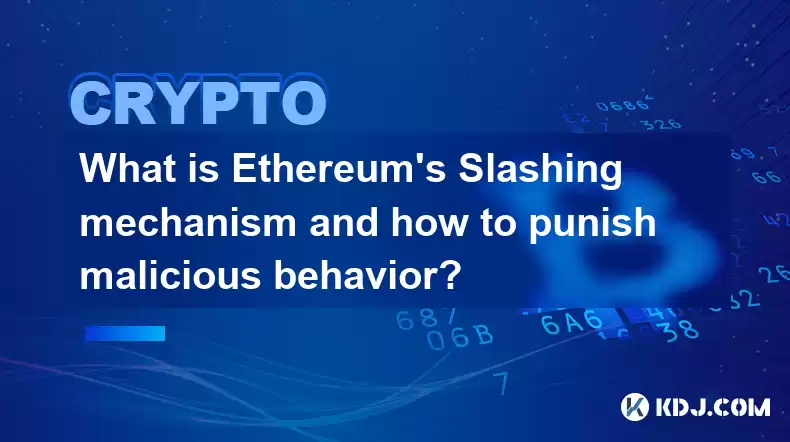
What is Ethereum’s Slashing mechanism and how to punish malicious behavior?
Feb 20,2025 at 03:08am
Key PointsOverview of slashingDifferent types of slashing in EthereumIncentives and consequences of slashingIdentifying and reporting slashed validato...
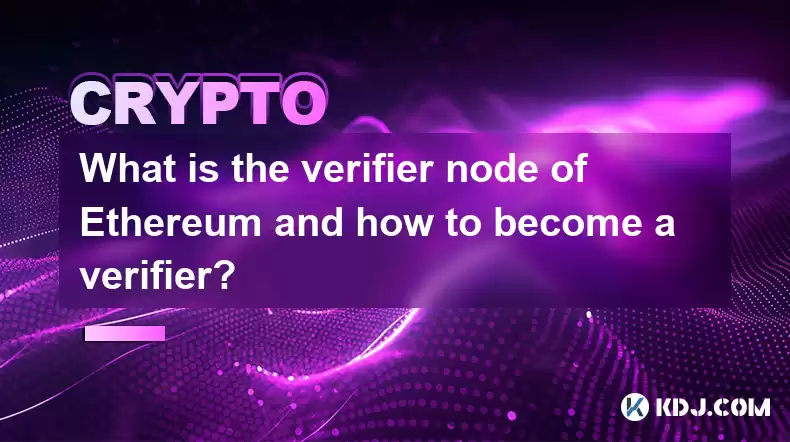
What is the verifier node of Ethereum and how to become a verifier?
Feb 19,2025 at 06:00pm
The Verifier Node of Ethereum: A Comprehensive GuideKey Points:What is a Verifier Node?How to Become a Verifier NodeResponsibilities and Rewards of a ...
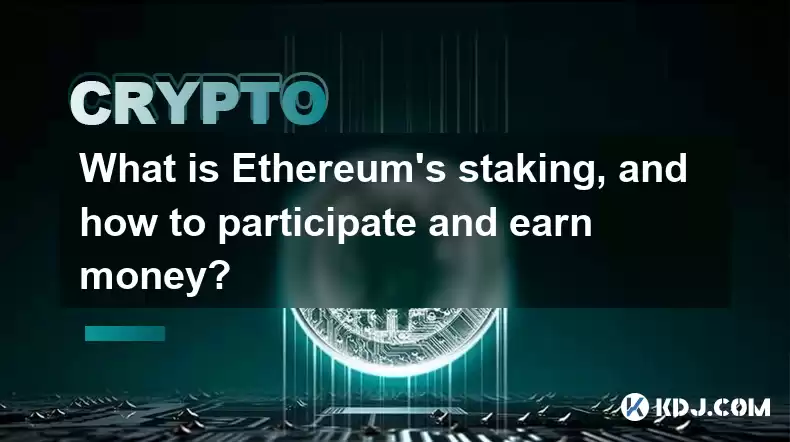
What is Ethereum’s staking, and how to participate and earn money?
Feb 19,2025 at 04:37pm
Key Points:Understanding Ethereum's Staking MechanismSteps to Participate in StakingBenefits and Rewards of StakingSecurity and Risk ConsiderationsTec...
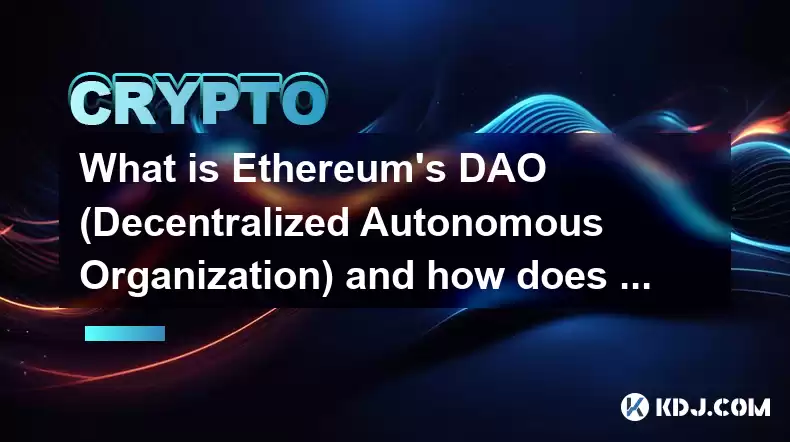
What is Ethereum’s DAO (Decentralized Autonomous Organization) and how does it work?
Feb 20,2025 at 03:12am
Key PointsDefinition and Structure of a DAOGovernance and Decision-Making in DAOsBenefits and Use Cases of DAOsChallenges and Limitations of DAOsWhat ...
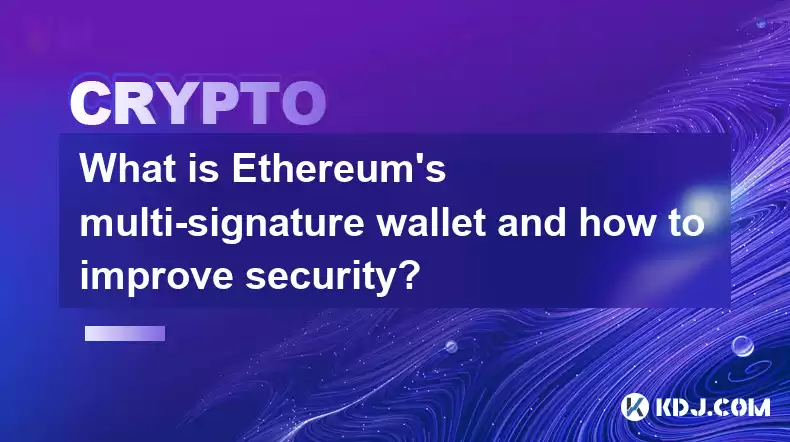
What is Ethereum's multi-signature wallet and how to improve security?
Feb 20,2025 at 02:18pm
Key Points:Understanding the Concept of a Multi-Signature WalletBenefits and Drawbacks of Multisig WalletsRequirements for Setting Up a Multisig Walle...
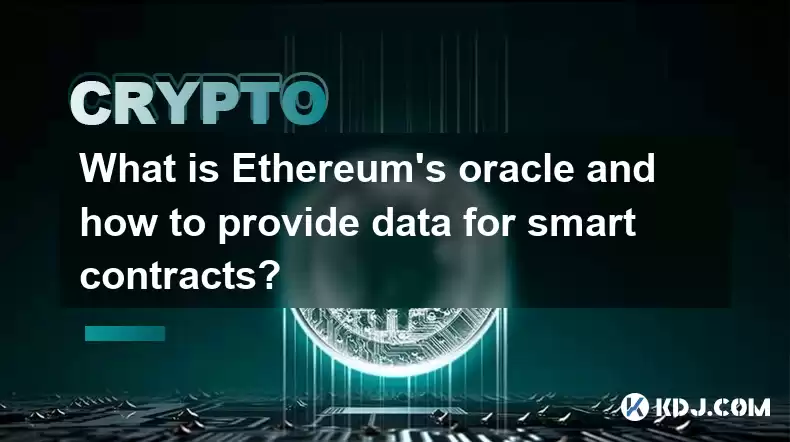
What is Ethereum's oracle and how to provide data for smart contracts?
Feb 21,2025 at 01:30am
Key Points:Understanding the concept of oracles in EthereumExploring different types of oraclesDetailed guide on how to provide data for smart contrac...

What is Ethereum’s Slashing mechanism and how to punish malicious behavior?
Feb 20,2025 at 03:08am
Key PointsOverview of slashingDifferent types of slashing in EthereumIncentives and consequences of slashingIdentifying and reporting slashed validato...

What is the verifier node of Ethereum and how to become a verifier?
Feb 19,2025 at 06:00pm
The Verifier Node of Ethereum: A Comprehensive GuideKey Points:What is a Verifier Node?How to Become a Verifier NodeResponsibilities and Rewards of a ...

What is Ethereum’s staking, and how to participate and earn money?
Feb 19,2025 at 04:37pm
Key Points:Understanding Ethereum's Staking MechanismSteps to Participate in StakingBenefits and Rewards of StakingSecurity and Risk ConsiderationsTec...

What is Ethereum’s DAO (Decentralized Autonomous Organization) and how does it work?
Feb 20,2025 at 03:12am
Key PointsDefinition and Structure of a DAOGovernance and Decision-Making in DAOsBenefits and Use Cases of DAOsChallenges and Limitations of DAOsWhat ...

What is Ethereum's multi-signature wallet and how to improve security?
Feb 20,2025 at 02:18pm
Key Points:Understanding the Concept of a Multi-Signature WalletBenefits and Drawbacks of Multisig WalletsRequirements for Setting Up a Multisig Walle...

What is Ethereum's oracle and how to provide data for smart contracts?
Feb 21,2025 at 01:30am
Key Points:Understanding the concept of oracles in EthereumExploring different types of oraclesDetailed guide on how to provide data for smart contrac...
See all articles

























































































